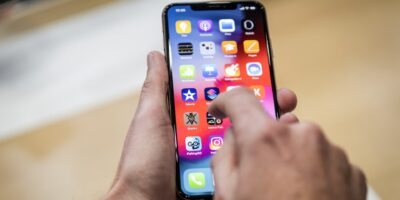Slated for limited release on select devices later this month, Google’s latest iteration of their mobile device operating system Android P is highly anticipated by the eager smart device community.
Rumors about what new features users can expect to be added in this next iteration of the Android OS have cause some pretty exciting buzz fueled by leaks about new features slated for the next version of the operating system.
On the security and privacy fronts, Android P is expected to limit, as in block, apps running in the background from having access to the device microphone and camera.
Additionally, support for an audible security tone in Android P will allow certain carriers to give their customers the means to legally record their phone calls.
Several sources have indicated that the new version of the smart device OS will allow users to block calls from private and unknown callers and from locations such as pay phones. Such a feature would be a major step forwards with giving customers a much needed privacy upgrade.
One of the more controversial features will be providing carriers the means to programmatically change the way that LTE and network signal strength are displayed to the user.
This functionality has been requested by carriers for some time and only recently accommodated by Google’s API. Speculation as to why carriers might be interested in controlling such an option, seem to be motivated by a desire to limit the signal strength information available to customers for reasons ranging from eliminating it as a distraction to preempting comparisons of the performance of different devices on the same network.
Some of the more interesting add ons in Android P involve the new features that users will be given out of the box.
On March 6, one new feature that began generating a lot of excitement involves smart device control capabilities over computers, televisions, home theater systems and any other electronic devices supporting bluetooth human interface device, HID.
Additional upgrades will include improvements to wifi printing, through direct ad hoc point to point network connections that will enable Android P devices to connect directly to a wireless printer, rather than require the user to use Google Cloud Print, one of the only options available currently.
AI enhancements to Google Assistant, giving users better recommendations based on preferences that it learns while tracking the interaction patterns while customers interact with their devices.
With this upcoming release of Android P, Google is living up to its commitment to make “Android run better,” clearly an understatement.


